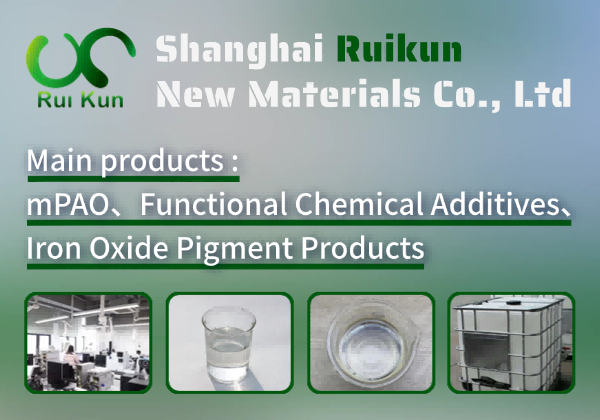What is formaldehyde dibutylhydrazone
Formaldehyde dibutylhydrazone is a specialized organic compound primarily used in chemical synthesis and industrial applications. It is derived from the reaction of formaldehyde with dibutylhydrazine, resulting in a hydrazone derivative characterized by its unique chemical structure. This compound is valued for its role as an intermediate in the production of various chemicals, including dyes, pharmaceuticals, and agrochemicals. Its stability and reactivity make it a versatile building block in organic chemistry. Additionally, formaldehyde dibutylhydrazone is utilized in research and development for studying reaction mechanisms and developing new materials. Proper handling and storage are essential due to its potential reactivity and sensitivity to environmental conditions.
Preparation Process: To prepare formaldehyde dibutylhydrazone, follow these steps: 1. **Reactants**: Mix equimolar amounts of dibutylhydrazine (1.0 equiv) and formaldehyde (37% aqueous solution or paraformaldehyde, 1.0 equiv) in a suitable solvent (e.g., ethanol or methanol). 2. **Acid Catalyst**: Add a catalytic amount of acetic acid or hydrochloric acid (0.1–0.5 equiv) to facilitate the condensation reaction. 3. **Reaction Conditions**: Stir the mixture at room temperature or under gentle heating (40–60°C) for 2–4 hours. 4. **Workup**: Neutralize with a base (e.g., NaHCO₃), extract with an organic solvent (e.g., dichloromethane), and dry over anhydrous Na₂SO₄. 5. **Purification**: Concentrate under reduced pressure and purify by distillation or recrystallization if needed.
Usage Scenarios: Formaldehyde dibutylhydrazone is primarily used as a chemical intermediate in organic synthesis, particularly in the production of pharmaceuticals, agrochemicals, and specialty polymers. It serves as a precursor in the synthesis of hydrazone-based compounds, which are valuable in medicinal chemistry for their biological activity, including antimicrobial and antitumor properties. Additionally, it finds applications in the manufacture of corrosion inhibitors and rubber additives. Its reactivity with carbonyl groups makes it useful in crosslinking reactions for polymer modification. The compound is also employed in analytical chemistry as a derivatizing agent for the detection and quantification of aldehydes and ketones.
formaldehyde dibutylhydrazone Basic Info
formaldehyde dibutylhydrazone Price
- China: $30 - $150 per kg
- Russia: $40 - $180 per kg
- Germany: $60 - $220 per kg
- India: $25 - $120 per kg
- Japan: $70 - $250 per kg
- Brazil: $35 - $160 per kg
- South Korea: $50 - $200 per kg
- Philippines: No results
- United Kingdom: $65 - $230 per kg
- France: $60 - $220 per kg
- Mexico: $40 - $170 per kg
- Canada: $55 - $210 per kg
- South Africa: $30 - $140 per kg
- Egypt: No results
- Turkey: $35 - $150 per kg
- Thailand: $30 - $130 per kg
- Indonesia: $25 - $120 per kg



